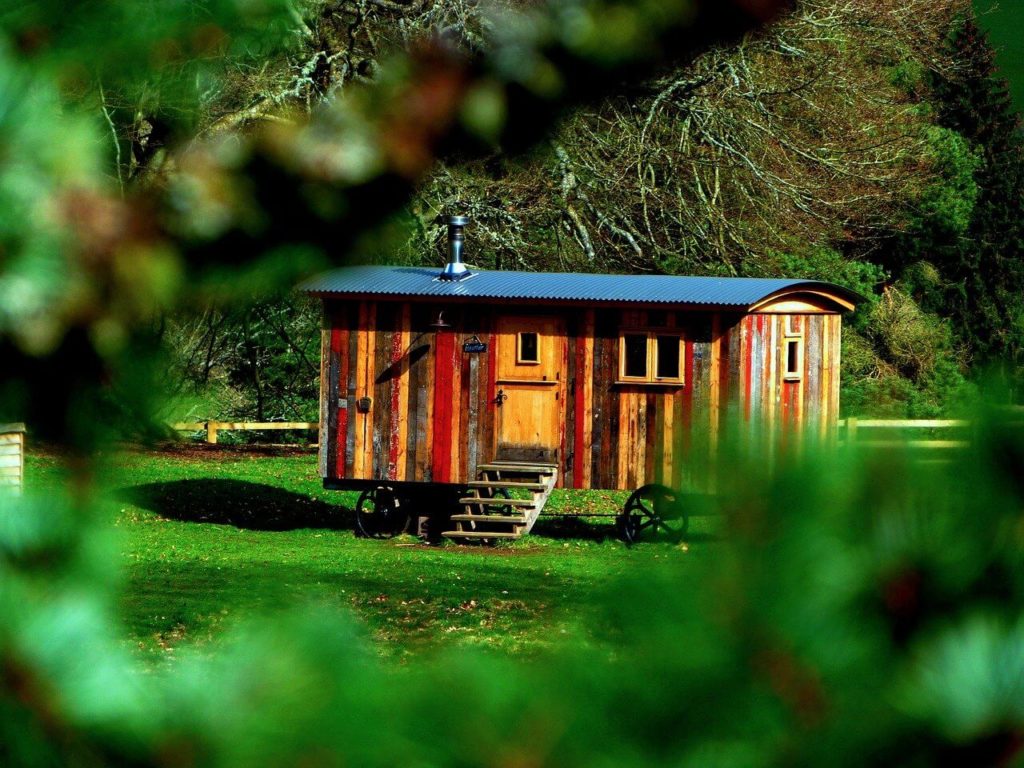
Image via Pixabay By Sheila Johnson
Sleeping in a tiny home is not like spreading out in a massive space with a private bedroom. Depending on where the tiny house is located, you may find that noise from the outside is a problem. And when you’re bunking with one or more, you might find that their overnight habits
keep you wide awake. But, once you learn to overcome a few common obstacles, you might just find that the many benefits of visiting—or living—in a small space is a dream come true. Here are some tips from Diamond Remodeling LLC to help you out.
Comfort
Your mattress and bed covers are arguably the most important factors in getting to sleep. After all, even if you have a quiet room, if you can’t get comfortable, you are unlikely to settle in for a good night’s sleep. When your tiny space is yours alone, you can be ultra-selective of your mattress. Because space is an issue, consider a mattress that does not require a box spring and is easy to put away for use in a dual-purpose space. Give your guests a few different pillow options.
Small sleeping spaces can also warm rapidly. If you prefer to sleep cool, consider investing in some new sheets and nightclothes to help. Keeping your body from getting overheated will help you have restful sleep through the night.
Health
Speaking of pillows, if you find yourself waking up because of your – or your partner’s – snoring habits, look for a pillow with ridges or a supportive incline. A wedge pillow or a pillow that encourages side sleeping can reduce snoring as well the impact of sleep apnea.
Further, because many tiny homes pull double duty as a wilderness-style getaway, you will also want to take steps to reduce allergens, which can cause congestion throughout the night. The Mayo Clinic recommends eliminating carpeting and installing a HEPA air filter in the bedroom to weed out airborne contaminants. If you’re in a warmer climate or season, you may also want to bring in a dehumidifier because humidity levels over 50 percent allow mold, mildew, and dust mites to thrive, which can impact breathing and sleep.
Noise pollution
When you are trying to sleep, noise is a real problem. If you own your tiny home, there are ways to modify the windows and walls to block noise. A Quiet Refuge notes that a double layer of drywall can create a thick enough barrier to reduce sound intrusion. If you are just visiting, you may be able to hang towels over the doors and windows to absorb some noise. And, if all else fails, an inexpensive pair of earplugs will probably do the trick. Keep in mind that if you are traveling with others but want to watch TV in the evening, a set of wireless headphones will keep the volume from interfering with everyone else’s downtime.
When you have to climb
An often unexpected sleep disturbance in a tiny home is having to climb up to the bed. This can’t be helped in some designs, so you will need to take steps to help you settle in before you climb into the loft. Go to the bathroom before you go to bed, which will, hopefully, keep you from stumbling to the toilet in the middle of the night. You will also want to have a bottle of water, a nightlight, phone charger, and any other overnight essentials in place before lights out.
If your bed has a ladder instead of stairs, make sure each step is padded so as not to cause discomfort right before turning in. Another issue, and especially for people who are out of shape, is that climbing stairs or ladders can cause their heart rate to go up. If possible, provide an air mattress or sofa bed for those who would rather stay on ground level.
There are many things that change when you live in a tiny home. One of these is how you sleep. And whether you’re moving in, staying for the night, or offering up your unique space for vacationers, make sure it is set up to appeal to sleepers of all styles. A few small tweaks can foster rest and relaxation for everyone.
This article is brought to you by Diamond Remodeling LLC , whether you’re here to learn more about home remodeling or get some tips to make your house a home, you’re in the right place. You’ll find content that’s informative, easy to understand, and engaging. For more information, please visit our website or contact us today!
